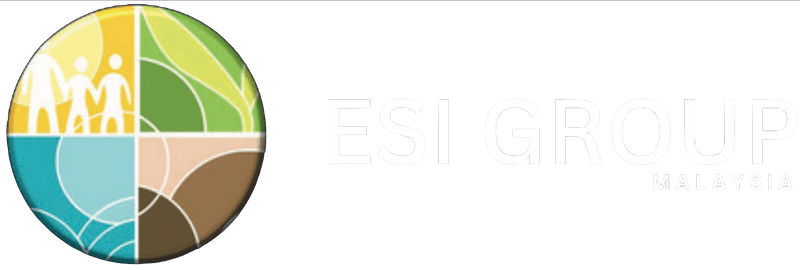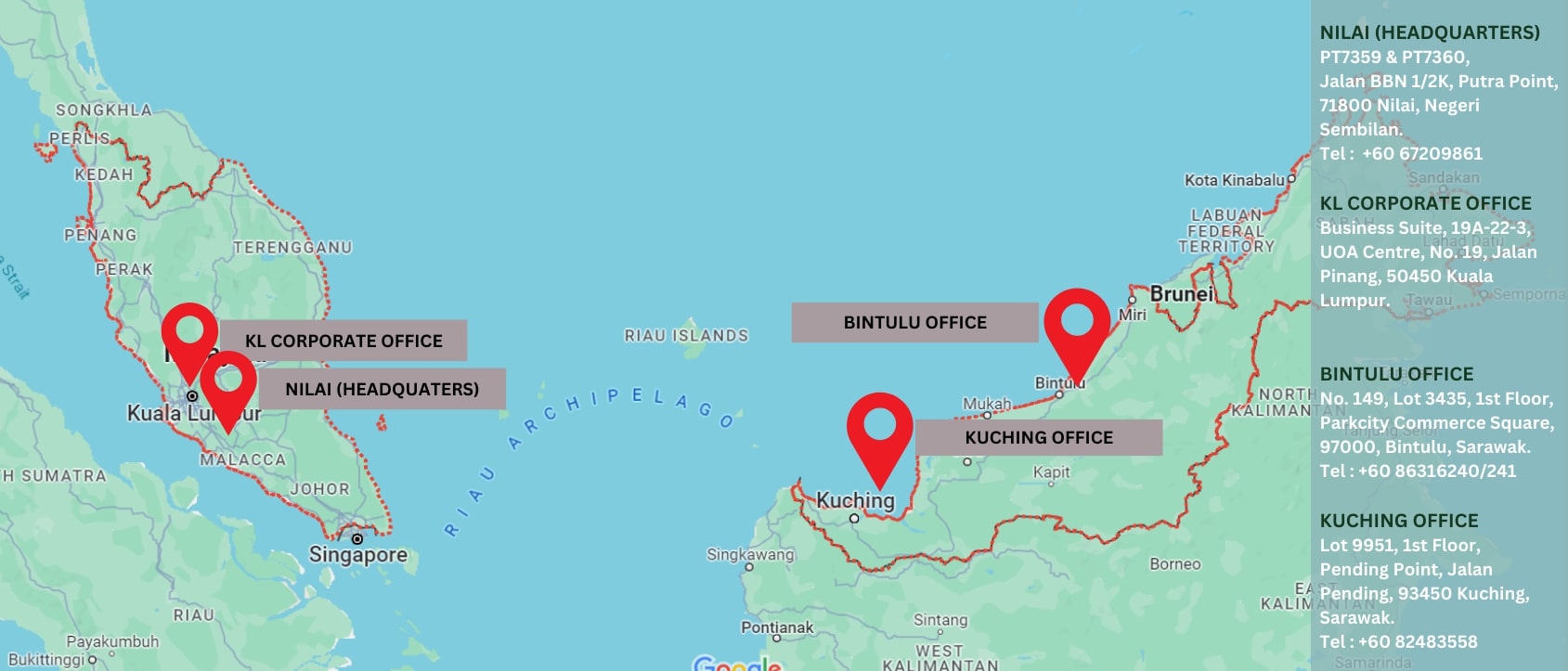Until we can see the whole picture, i.e., see the forest instead of the trees, so-called expert opinions are at best disjointed, siloed, and tunnel visioned. This is nobody’s fault; it is simply how we were and are trained. Few experts out there can see the whole, mostly only parts, including those from the Big Five consulting firms and the United Nations.
I believe digital twins can help, to a certain extent, as we still need to gather all these analytical and predictive mathematics, formulae, algorithms, and models, which may be incomplete and lack a whole-system character. These tools could be based on outdated worldviews, unproven science, and non-standardized definitions and maxims, such as sustainable development, net-zero, EIA, and the continuous worship of classical economic theories and capitalism-based growth. However, at least all the necessary data can now be gathered systemically and more efficiently, and better yet, in real time.
When correctly employed, digital twin technology can help close data gaps and elevate our appreciation of why a whole-system approach is the only way forward if we want to get things done right, accurately, and data-informed. Hopefully, we can now choose the kind of prosperity and growth we want. With data generated and provided by digital twinning, we can now bring to the fore life-cycle assessments, trade-off analyses, and true pricing of nature as we continue our economic growth journey.

